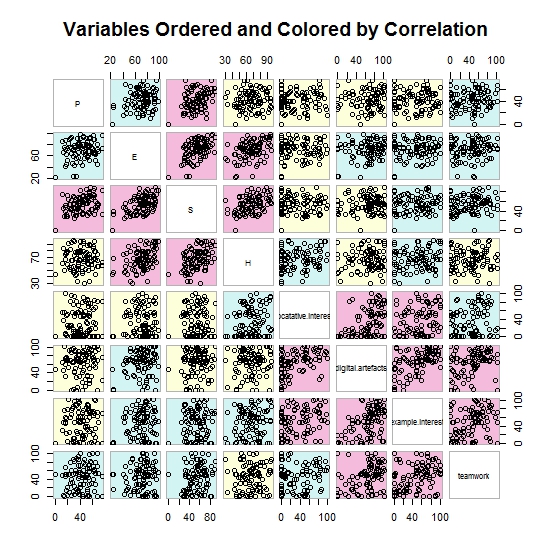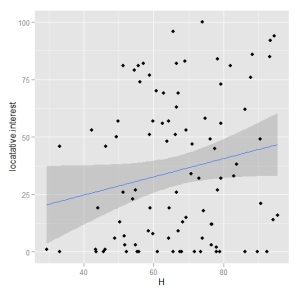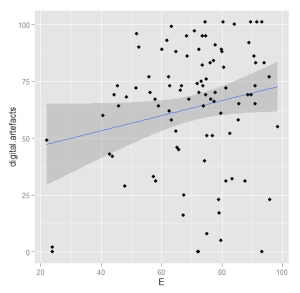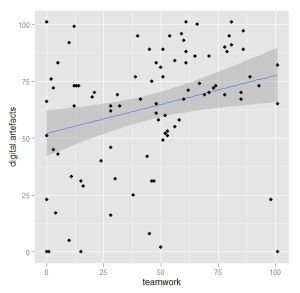Gamer data – the heart of the matter (oh dear)
Enough pussyfooting around with ludic.interest. We conducted this survey because we wanted to get an idea of what would encourage people to play a game that used mobile technology to engage players in the story that take place in a number of cultural heritage locations around Southampton. (Though in other news, our funding bid for that project fell at the second hurdle, so this research is likely to now be, both literally and metaphorically “academic.”)
We already know that awareness to these sorts of games is relatively low, but by seeing if there’s a relationship between any of the four Fun preferences described by Lazarro and the respondents’ stated interest in location based gaming (which itself wasn’t explicitly covered in Lazarro’s work), we might have a better idea of what sort of game mechanics appeal best to the audience we’d need to attract.
We asked four questions suggested by our technology provider in this section, where the response was recorded on a 101 point Likert scale:
If a mobile game used location would this be of interest to you?
Use this slider to show how much you’d prefer working in a team or as an individual, in a location based game.
Would you be interested in a mobile game that uses digital artefacts / objects alongside real world locations? and
How much does the game featured in this video interest you? [we used a promotional video for Chromarama]
So, the first thing I did in R was to change the variable names (which were sucked into R in the form of the whole question plus instructions about using the slider), into something that would be easier to read on plots, then create a scatterplot matrix ordered by degree of correlation:
So what does that show us? That the locatative gaming questions all seem to correlate with each other. As do the Fun preferences. But the correlation between fun preferences and locatative gaming responses is weaker. A preference for People fun, for example, only correlates with responses to the Teamwork question (and frankly I’d be worried if it didn’t!).
More worryingly, only the Hard fun preference correlates at all with the core measure of interest in a mobile game that uses location. Lets look at that in more detail:
Oh dear. There’s the positive slope which, at first glance, suggests some correlation, but check out the confidence curve (I used the R package ggplot2 to create this). There’s space within that to flatten out the regression line. I “cannot reject the null hypothesis”. Blast! And check out all those dots down on zero, expressing no interest at all in a locatative game! Double blast! Maybe its just as well we didn’t get the funding :(
The matrix also shows some correlation between Easy fun preference and interest in searching for digital artifacts in real-world locations. And on closer examination, the plot looks more attractive, greater interest overall, but again, I can not reject the null-hypothesis:
And the so called correlation between Serious Fun preference and interest in the example video has even worse confidence intervals (and a massive p value of 0.36):
The only positive result I’ve found so far is the apparent correlation between working in a team and finding digital artefacts, wherein I can (just about) reject the null hypothesis.
I guess these two mechanics have some history together in the world of scavenger hunts. But it seems I can’t yet claim from this research, that the world is ready and waiting for locatative games.





